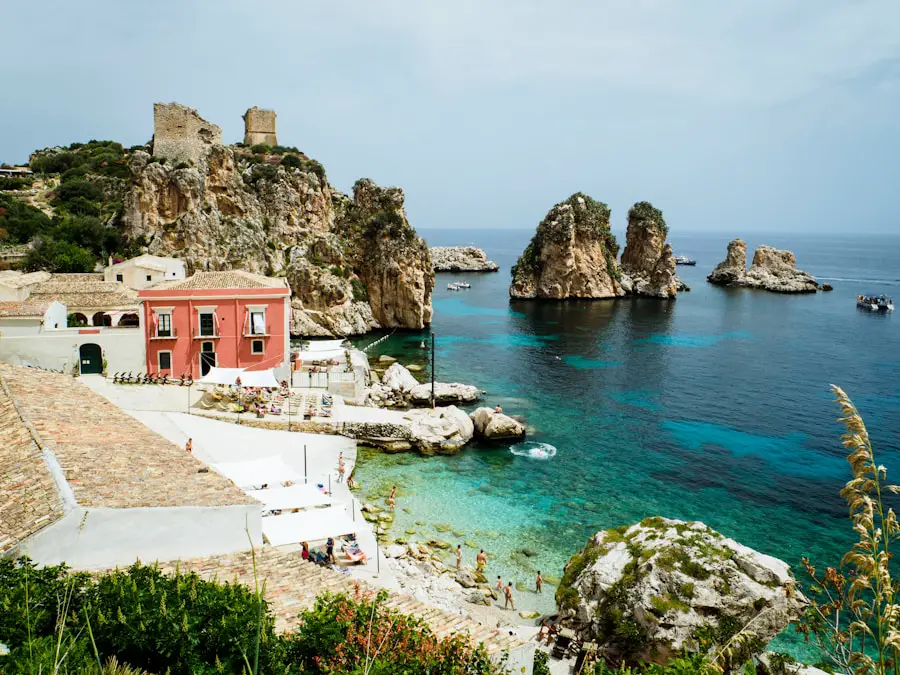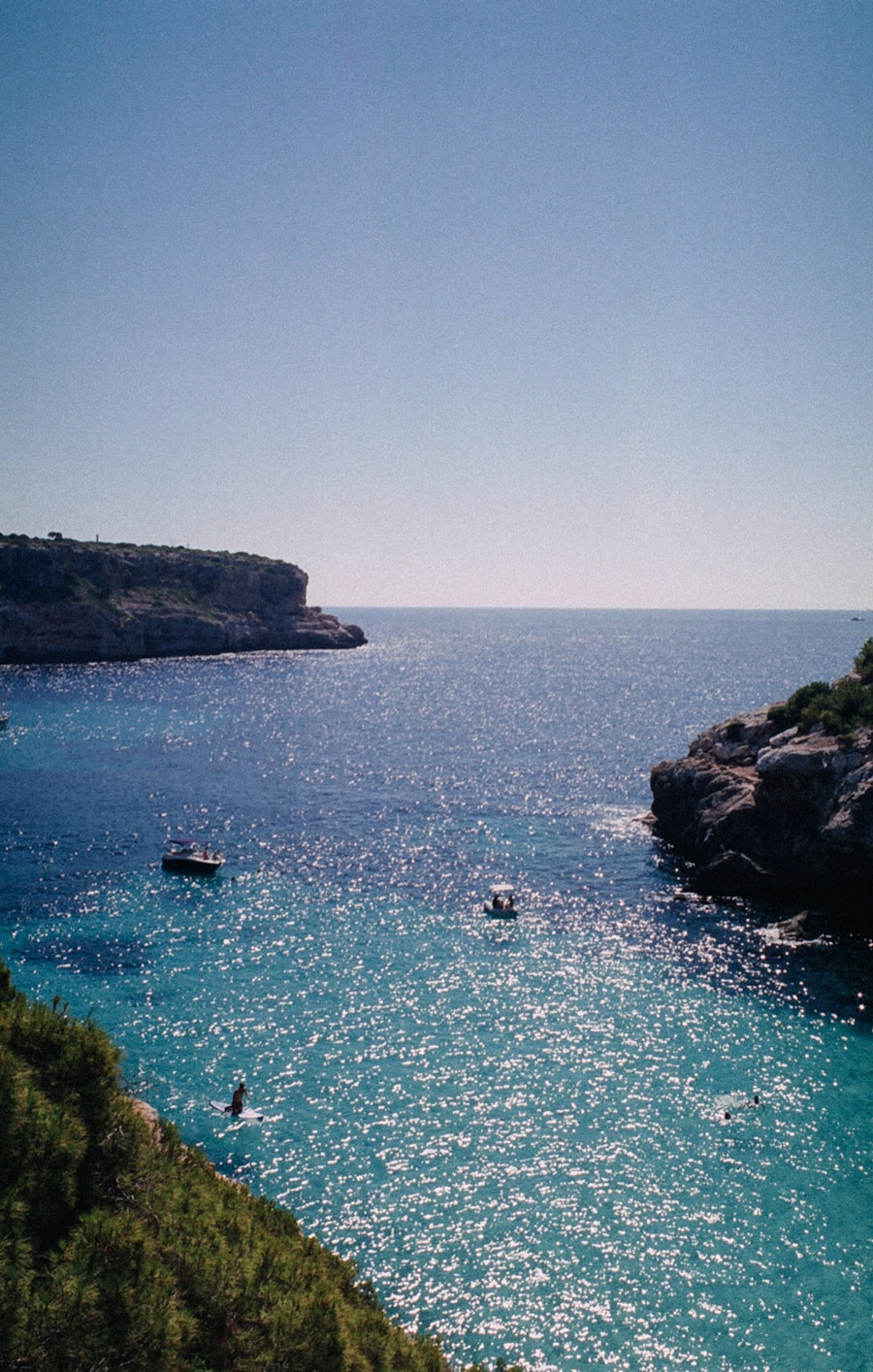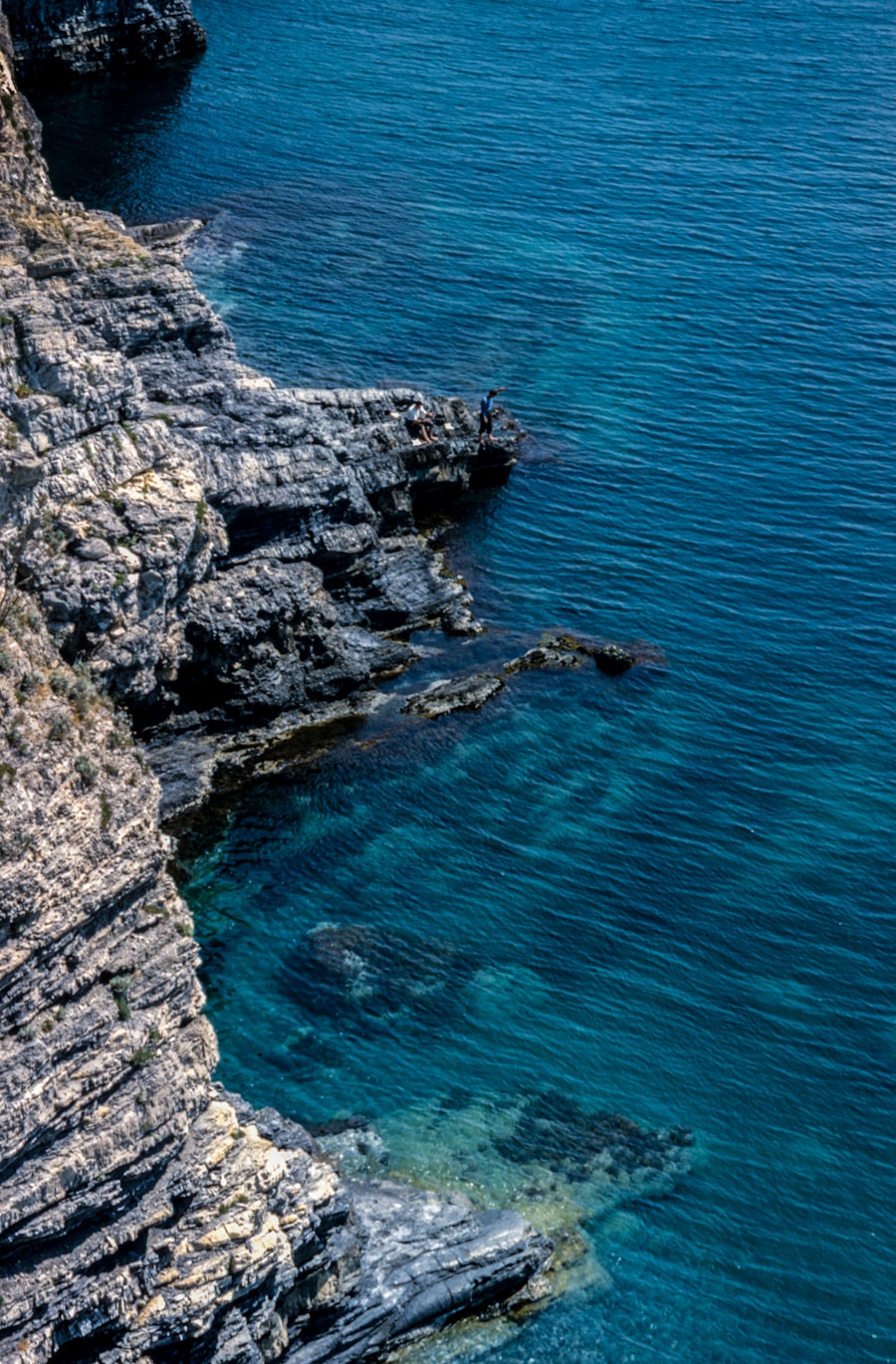Leh, the capital of the Indian Himalayan region of Ladakh, is renowned for its breathtaking landscapes and unique cultural heritage. The climate in Leh is characterized by its high altitude, with the town sitting at approximately 3,500 meters (11,500 feet) above sea level. This elevation results in a cold desert climate, where the temperature can fluctuate dramatically between day and night.
Summers, which last from May to September, are relatively mild, with daytime temperatures ranging from 15°C to 30°C (59°F to 86°F). However, nights can be quite chilly, often dropping to around 5°C (41°F). The arid conditions mean that rainfall is scarce, making Leh a prime destination for those seeking dry weather.
In contrast, winters in Leh are harsh and unforgiving. From October to April, temperatures can plummet to as low as -20°C (-4°F) or even lower during the peak winter months. The region experiences heavy snowfall, particularly in January and February, which can lead to road closures and limited accessibility.
Despite the cold, winter in Leh has its own charm, with snow-capped mountains and a serene atmosphere that attracts a different kind of traveler. Understanding this climate is crucial for anyone planning a visit, as it influences not only the best times to travel but also the types of activities that can be enjoyed throughout the year.
Key Takeaways
- Leh experiences extreme cold and dry climate due to its high altitude and location in the Himalayas.
- The peak tourist season in Leh is from May to September when the weather is relatively warmer and the roads are accessible.
- Off-season travel to Leh is from October to April when the weather is extremely cold and many roads and attractions are closed.
- The best time for adventure activities in Leh is during the summer months from June to August when the weather is suitable for trekking, rafting, and mountain biking.
- Leh hosts various festivals and events throughout the year, including the Hemis Festival in June and the Ladakh Festival in September.
Peak Tourist Season in Leh
The peak tourist season in Leh typically spans from June to September, coinciding with the summer months when the weather is most favorable for travel. During this period, the region experiences a surge in visitors drawn by the allure of its stunning landscapes, vibrant culture, and adventure opportunities. The roads leading to Leh, including the famous Manali-Leh Highway and the Srinagar-Leh Highway, are usually open during these months, making it accessible for travelers from various parts of India and beyond.
The influx of tourists during this time also means that accommodations and local services are fully operational, providing a range of options from budget guesthouses to luxury hotels. During the peak season, Leh transforms into a bustling hub of activity. Popular attractions such as Pangong Lake and Nubra Valley see a significant increase in foot traffic, with travelers eager to capture the picturesque scenery and engage in outdoor activities like trekking and river rafting.
Local markets come alive with vendors selling handicrafts, traditional clothing, and local delicacies. However, this surge in tourism can also lead to crowded sites and higher prices for accommodations and services. For those who prefer a more tranquil experience, planning a visit during the shoulder months of late May or early October can provide a balance between favorable weather and fewer crowds.
Off-Season Travel to Leh

Traveling to Leh during the off-season, which generally includes the months of October through April, offers a unique perspective on this enchanting region. While many may shy away from visiting during these months due to the cold weather and potential travel disruptions caused by snow, those who do venture here are often rewarded with an authentic experience that few tourists encounter. The stark beauty of the snow-covered landscapes creates a serene atmosphere that is perfect for introspection and photography.
The tranquility of the region during this time allows visitors to connect more deeply with the local culture and environment. However, off-season travel does come with its challenges. Many hotels and guesthouses may close for the winter months, limiting accommodation options.
Additionally, some roads may be impassable due to snow, making it essential for travelers to plan their itineraries carefully. Despite these hurdles, off-season travelers can enjoy activities such as winter trekking or visiting monasteries like Hemis and Thiksey, which are less crowded during this time. The Ladakhi people celebrate their rich cultural heritage through various winter festivals that showcase traditional music, dance, and cuisine.
Engaging with locals during these events can provide invaluable insights into their way of life.
Best Time for Adventure Activities in Leh
| Adventure Activity | Best Time |
|---|---|
| Trekking | May to September |
| River Rafting | June to August |
| Mountain Biking | June to September |
| Camel Safari | June to September |
Leh is a paradise for adventure enthusiasts, offering a plethora of activities that cater to thrill-seekers throughout the year. The best time for most adventure activities is undoubtedly during the summer months from June to September when the weather is mild and conducive for outdoor pursuits. Trekking is one of the most popular activities during this period, with numerous trails available for varying skill levels.
The Markha Valley trek, for instance, takes adventurers through stunning landscapes dotted with ancient monasteries and traditional Ladakhi villages. In addition to trekking, summer is also ideal for river rafting on the Zanskar River. The melting snow from the surrounding mountains creates perfect conditions for thrilling white-water rafting experiences.
For those interested in mountain biking, the rugged terrain around Leh offers challenging routes that provide both excitement and breathtaking views. As temperatures rise during these months, camping under the stars becomes a popular choice among travelers looking to immerse themselves in nature. However, it’s essential to book adventure activities in advance during peak season due to high demand.
Festivals and Events in Leh
Leh is not only known for its stunning landscapes but also for its vibrant festivals that reflect the rich cultural tapestry of Ladakh. One of the most significant events is the Hemis Festival, celebrated at Hemis Monastery in June or July. This two-day festival commemorates the birth of Guru Padmasambhava and features colorful masked dances performed by monks dressed in elaborate costumes.
Visitors can witness traditional music performances and enjoy local delicacies while immersing themselves in the spiritual atmosphere of this grand celebration. Another notable event is the Ladakh Festival held in September, which showcases the region’s diverse culture through folk dances, music performances, and traditional sports like archery and polo. This festival provides an excellent opportunity for travelers to engage with local communities and learn about their customs and traditions firsthand.
Additionally, Losar, the Tibetan New Year celebrated in February or March, marks an important occasion filled with rituals and festivities that highlight Ladakhi culture. Participating in these festivals not only enriches one’s travel experience but also fosters a deeper appreciation for the local way of life.
Tips for Traveling to Leh in Different Seasons

Traveling to Leh requires careful planning due to its unique climate and geographical challenges throughout different seasons. In summer, it’s advisable to acclimatize properly upon arrival since many visitors experience altitude sickness due to the sudden change in elevation. Spending a few days in Leh before embarking on high-altitude treks or excursions can help mitigate these effects.
Staying hydrated is crucial; travelers should drink plenty of water while avoiding excessive physical exertion during their first few days. In contrast, winter travelers should prepare for extreme cold by dressing in layers and investing in high-quality thermal wear. It’s essential to check road conditions regularly if planning to travel between regions since heavy snowfall can lead to closures.
Additionally, booking accommodations in advance is wise as options may be limited during off-peak months. Engaging with local guides who are familiar with winter conditions can enhance safety and provide valuable insights into hidden gems that are accessible only during this season.
Packing Essentials for Different Times of the Year
Packing appropriately for a trip to Leh varies significantly depending on the season of travel. For summer visits, lightweight clothing made from breathable fabrics is ideal for daytime activities; however, it’s essential to include warmer layers for chilly evenings. A good pair of trekking shoes is crucial if planning on exploring trails or engaging in adventure sports.
Sunscreen and sunglasses are also necessary due to high UV exposure at altitude. In winter months, packing becomes more complex due to extreme temperatures. Thermal base layers are essential for warmth, along with insulated jackets and waterproof outer layers to protect against snow and wind chill.
Accessories such as gloves, hats, and scarves should not be overlooked as they play a vital role in maintaining body heat. Travelers should also consider bringing moisture-wicking socks and sturdy boots designed for snowy conditions if they plan on trekking or exploring remote areas.
Making the Most of Your Time in Leh
To truly make the most of your time in Leh, it’s important to strike a balance between exploration and relaxation. While there are numerous attractions worth visiting—such as Shanti Stupa and Leh Palace—taking time to simply soak in the surroundings can be equally rewarding. Engaging with local communities through homestays or cultural workshops can provide deeper insights into Ladakhi life beyond typical tourist experiences.
Additionally, planning day trips to nearby attractions like Nubra Valley or Pangong Lake can enhance your itinerary significantly. These excursions allow travelers to experience diverse landscapes within a short distance from Leh while enjoying activities like camel rides or boating on pristine lakes. Finally, keeping an open mind and being flexible with plans can lead to unexpected adventures—whether it’s stumbling upon a local festival or discovering a hidden monastery tucked away in the mountains—making your journey through this enchanting region truly unforgettable.
If you are planning a trip to Leh, you may also be interested in reading about the best travel pants with hidden pockets. These pants can be a great addition to your travel wardrobe, providing both style and functionality while exploring the beautiful landscapes of Leh. Check out the article here for more information on this travel essential.
FAQs
What is the best time to travel to Leh?
The best time to travel to Leh is during the summer months, from May to September. This is when the weather is most favorable and the roads are accessible.
What is the weather like in Leh during the summer months?
During the summer months, the weather in Leh is generally pleasant with clear skies and warm temperatures during the day. However, temperatures can drop significantly at night, so it is important to pack accordingly.
Are there any specific events or festivals to consider when planning a trip to Leh?
One of the most popular festivals in Leh is the Hemis Festival, which usually takes place in June or July. This colorful festival features traditional music, dance, and masked performances and is a great way to experience the local culture.
Is it possible to travel to Leh during the winter months?
While it is possible to travel to Leh during the winter months, the weather can be extremely harsh and many of the roads and attractions may be inaccessible due to snow and ice. It is generally not recommended for casual travelers to visit Leh during the winter.
